What It’s Like to Drive Astrolab’s New FLEX Moon Rover
Samson Amore is a reporter for dot.LA. He holds a degree in journalism from Emerson College. Send tips or pitches to samsonamore@dot.la and find him on Twitter @Samsonamore.
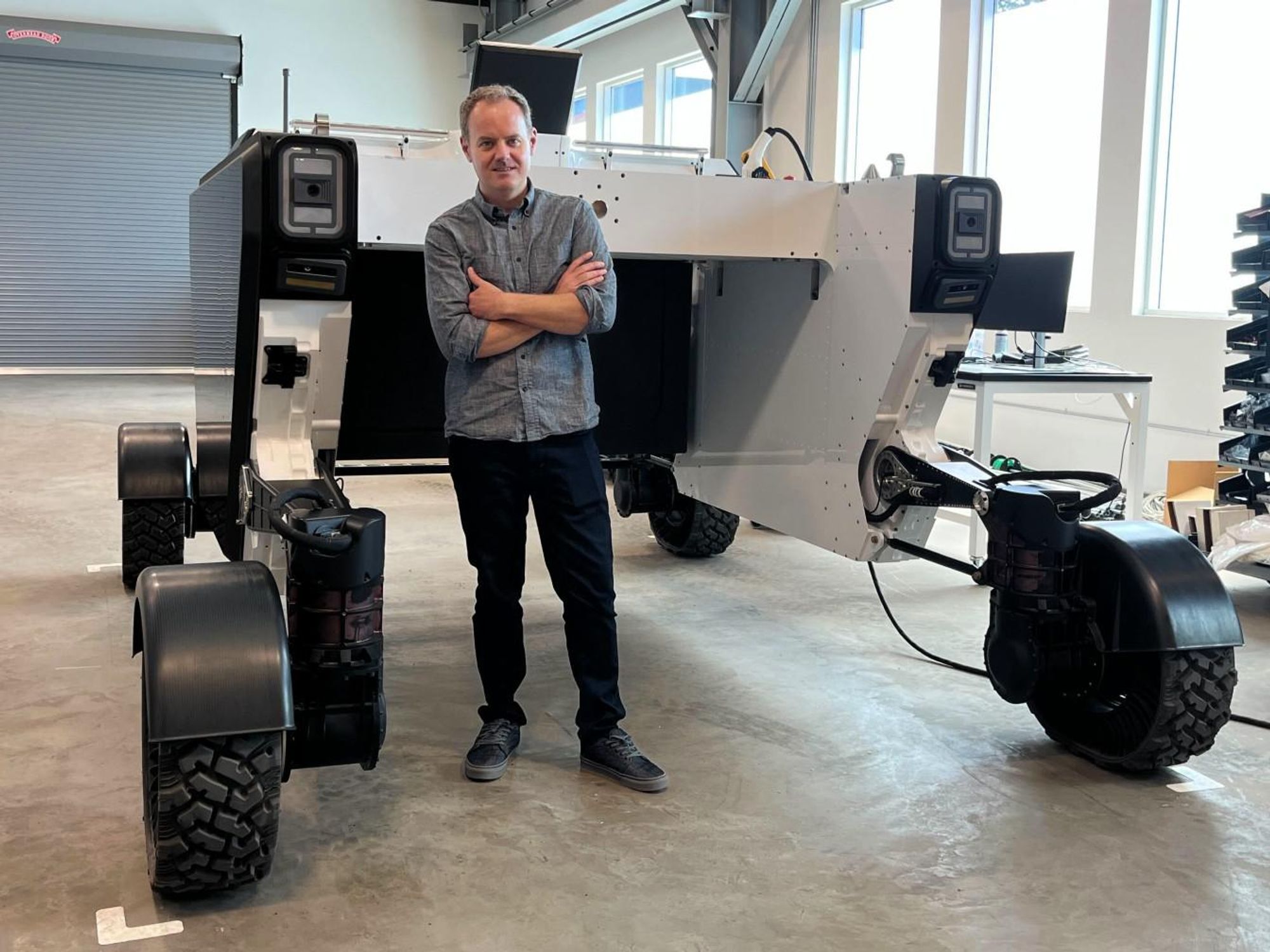
The last time NASA put a human-piloted lunar rover on the Moon was 50 years ago, back in 1972. Since he began his career in aerospace in 2000, Venturi Astrolab CEO Jaret Matthews has been dreaming of a return. A former engineer at NASA’s Jet Propulsion Laboratory as well as SpaceX, Matthews is hoping that the next time NASA touches down on the surface of our celestial neighbor, it will take one of his company’s lunar rovers with it.
Hawthorne-based Astrolab’s entry into the market is the FLEX rover. Coming in at over six feet tall and 1,100 pounds, FLEX is capable of holding payloads three times its weight. The goal is to use the vehicle as a transportation shuttle to ferry people and goods across the Moon.
“Its utility comes from whatever payload it happens to be moving—so that could be construction equipment, or it could be energy infrastructure, or people,” Matthews told dot.LA.
Though Astrolab only launched in 2020, the startup is in sprint mode and already has a working prototype of the FLEX, which dot.LA was invited to test drive last week.
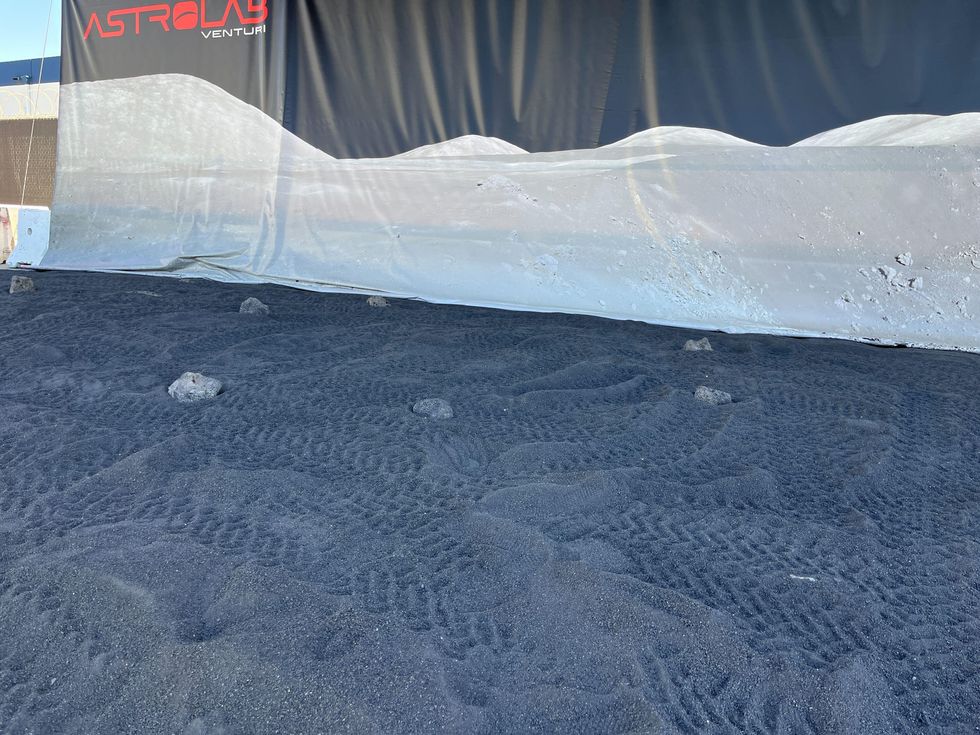
Astrolab created a "mock Moon yard" in the parking lot of its Hawthorne headquarters.
Samson Amore“It's not that much bigger than the Curiosity and Perseverance rovers that are on Mars right now,” Matthews said, referring to the most recent NASA models. While approximately the same size as the Apollo lunar rover, the FLEX features unprecedented payload capability.
In order to test the FLEX out on equitable terrain, Astrolab created a “mock Moon yard” in the parking lot of its Hawthorne headquarters. A pit of basalt littered with lava rocks, it’s a close simulation of the Moon’s surface—though expansion plans include a “mock Moon crater,” which would test FLEX’s ability to meet NASA’s requirement that rovers be able to climb a 20-degree slope.
For now, Astrolab hauls FLEX out to the desert for test runs, including a recent demonstration with former International Space Station commander Chris Hadfield, who called driving it “huge fun.”
The chariot-style rover’s platform descends to let us climb into its two-seat open cockpit. With a pilot at the helm, FLEX can drive side-to-side, in circles, or pitch forward and backward to climb up and down steep slopes. The rover can be controlled by someone on Earth, but because of the delay in transmitting data, Matthews said it’s more ideal to have a driver on board. Still, he added that Astrolab plans to pre-program the rover’s computer with instructions and tasks, so it can run automatically once it lands with the supervision of an earthbound engineer.
Steering FLEX is almost deceptively easy. The entire rover is controlled by an arcade-style joystick, with three buttons for speed adjustments. When driving the vehicle in-person, the driver must engage a “trigger” at all times to keep it in motion—ensuring that the rover stops immediately if an astronaut falls off.
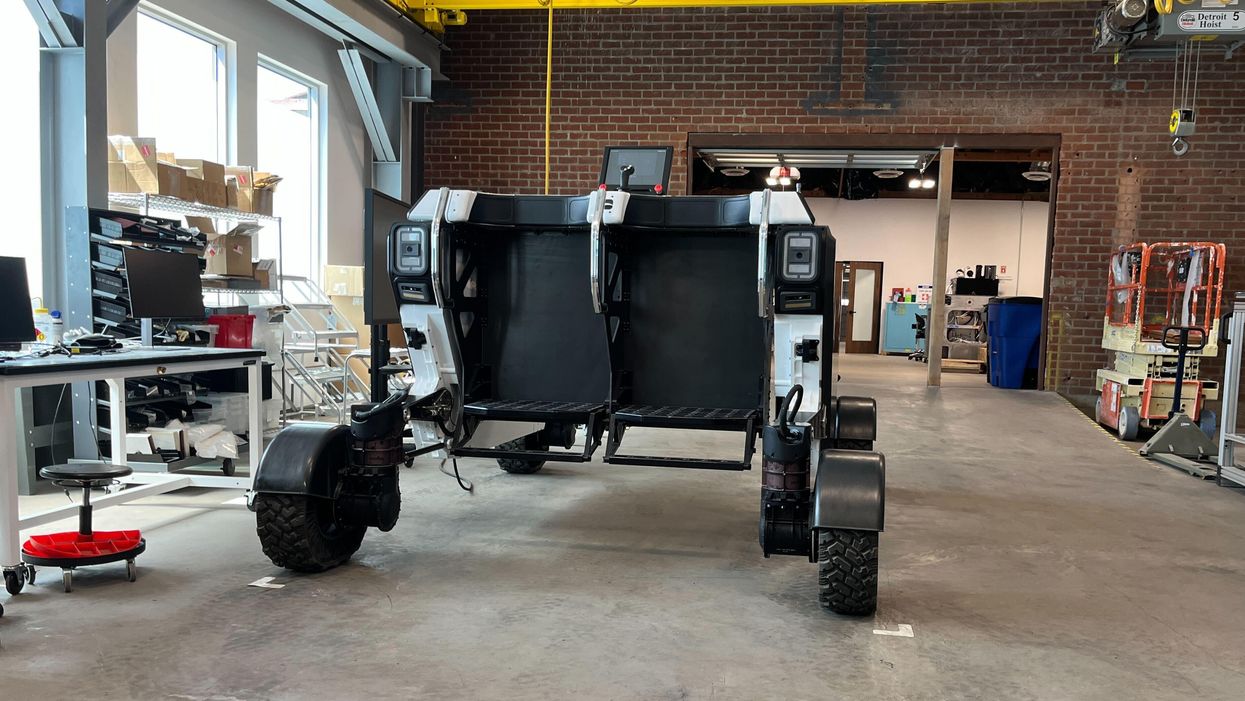
Matthews showed off several test payloads that FLEX uses, including a kit for collecting Moon samples, spare tires, a cable spool and crucially, a vertical solar array for backup power that could also carry cell service on the Moon. Already, a fully-charged solar battery gives the rover up to eight hours of drive time, with enough energy reserves to weather a cold night at the lunar south pole.
Four front-facing cameras equipped with headlights feed visuals to the computer on the rover’s dash. (These were also transmitted to the Astrolab employees standing several yards away, adjusting settings on a laptop.) Every part of the rover was tested rigorously against thermal vacuums, extreme vibrations, heat, cold and shock simulations to make sure it’ll hold up on the Moon’s tough, airless climate.
But first, it will have to get there. NASA has contracts out with six companies besides Astrolab, pitting them against each other to see which can create a viable lander for the 2025 Artemis mission. FLEX faces stiff competition from rovers by the likes of Jeff Bezos’ Blue Origin, which acquired rover startup Honeybee Robotics in January, as well as the team of Lockheed Martin and General Motors.
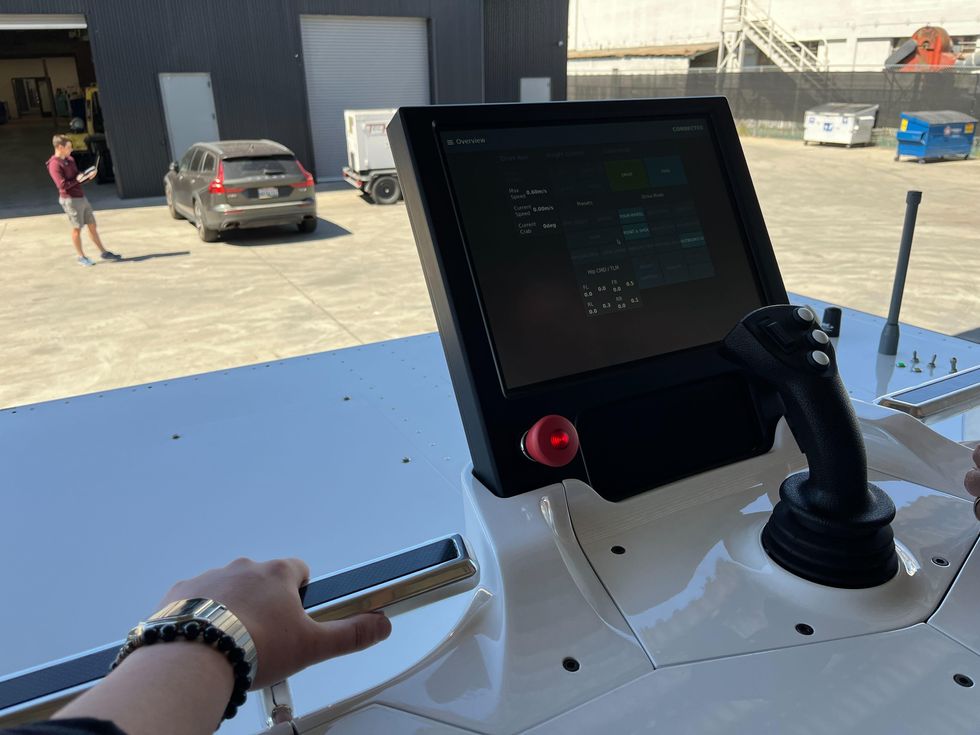
“We want to have first-mover advantage, and it’s important we move as fast as possible,” Matthews said.
He noted that Elon Musk’s SpaceX now plays a critical role in NASA’s launch programs. Since working at both NASA and SpaceX, Matthews said he’s seen their goals merge.
“NASA and Elon [Musk] are both interested in ultimately seeing sustained human presence on the Moon and Mars,” Matthews said. “The goals of NASA and SpaceX are well-aligned: They both are trying to enable this future in which humanity is living and working in space continuously.”
In the meantime, Matthews said Astrolab might look to sell rovers for terrestrial use, delivering relief supplies to disaster areas or working construction jobs.
Samson Amore is a reporter for dot.LA. He holds a degree in journalism from Emerson College. Send tips or pitches to samsonamore@dot.la and find him on Twitter @Samsonamore.




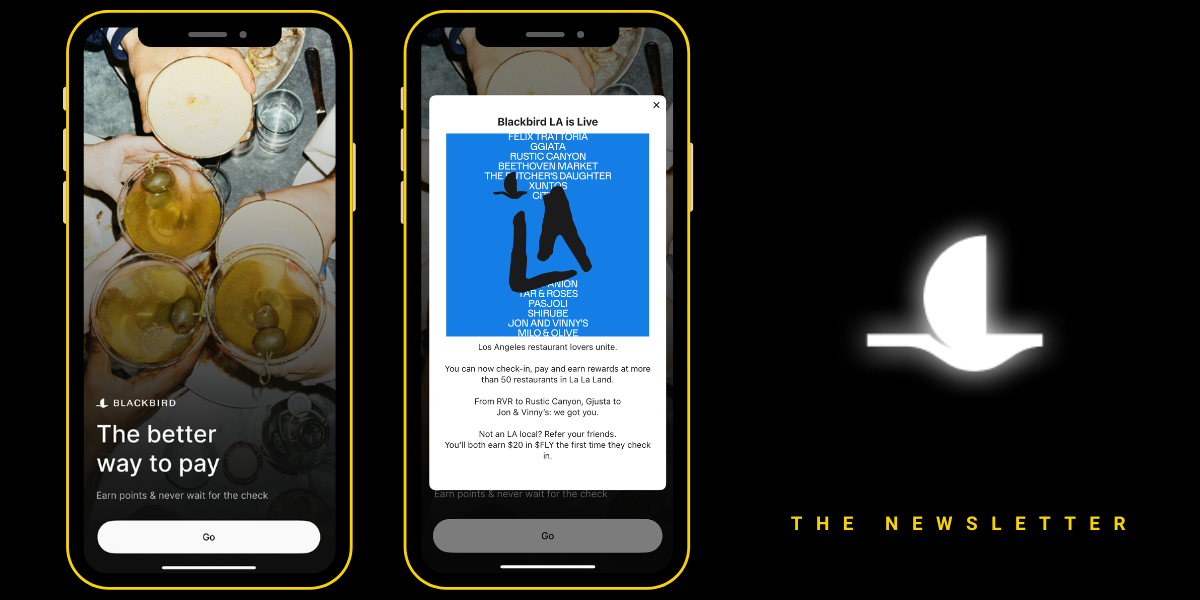
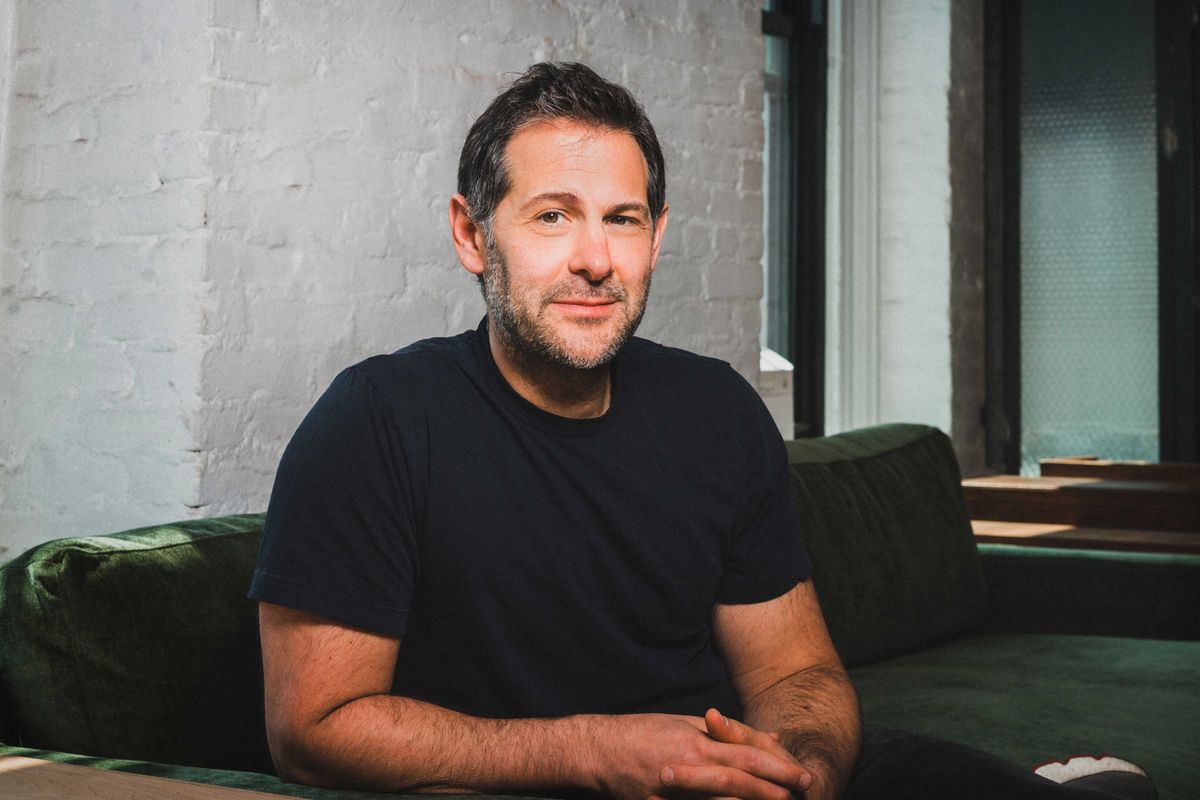 Image Source: Blackbird
Image Source: Blackbird